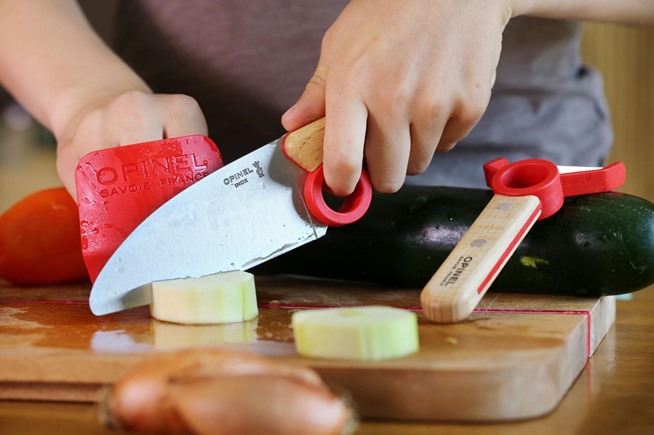I should keep my head out of this, but I think people will read more into this statement than is really there.
I think it comes from a persistent widespread belief that more carbon always means more hard, or that #1 must be "above" #2 in rank. Therefore, there will be a belief that a single-bevel blade with the thinner edge and more "cautious" expected use scenario will permit more extreme steel performance characteristics than a gyuto, and that the gyuto is just wasting all that #1 awesomeness. I think you may have unintentionally reinforced this popular feeling with the engine/body analogy, though again I think there's validity to the statement.
I think it is good for folks to remember than simple steel with 2% carbon is essentially cast iron. It is not an absolutely positive thing to have a massive amount of C in a simple steel, and has drawbacks beyond just being brittle when hardened (white #2 is well into that range too).
White #1 is a pretty brilliant material for laminates (starting with mild steel or iron) and introduces a bunch of challenges for makers who want to extract different benefits from it. In my opinion, it is not really destined for monosteel use (the wrong engine for the chassis). It can be worked with (and might be somewhat forgiving in some atmospheres), but one can also make a saya out of aluminium foil if they put their mind to it.





